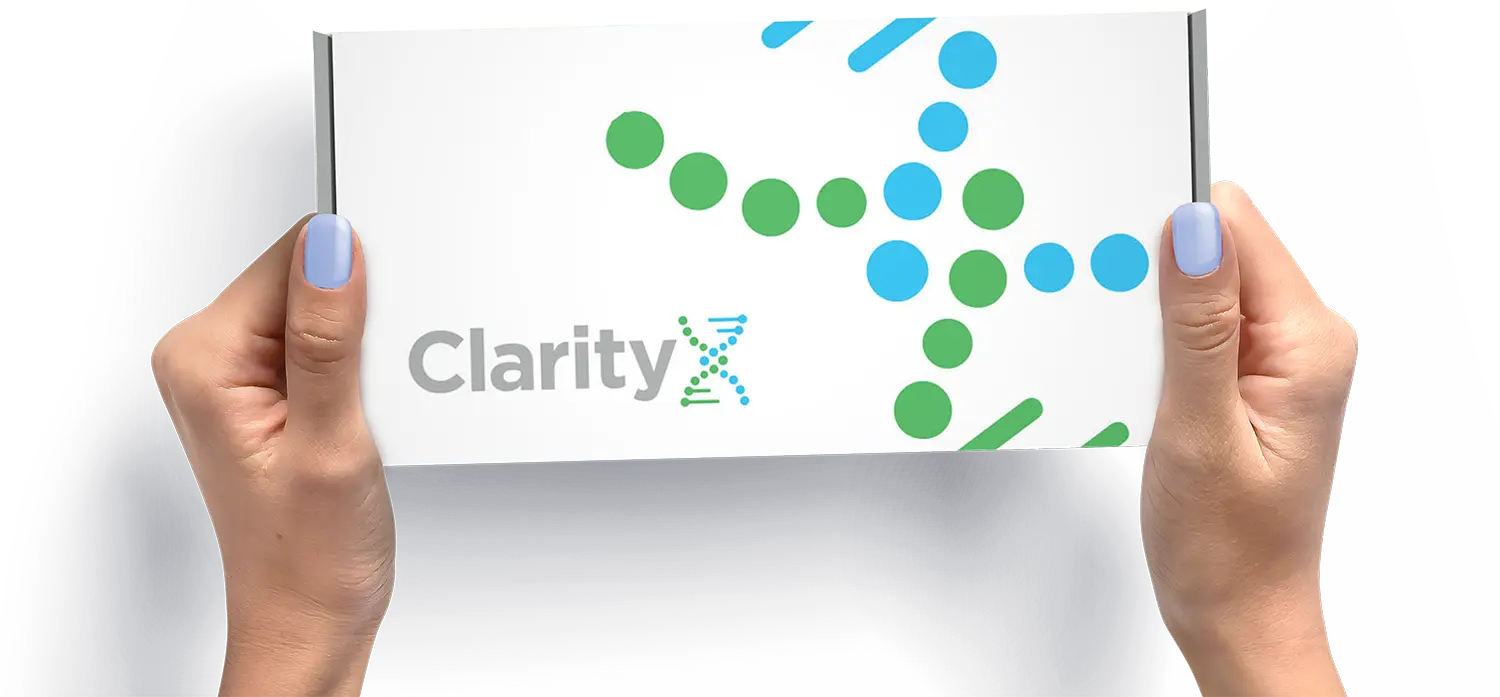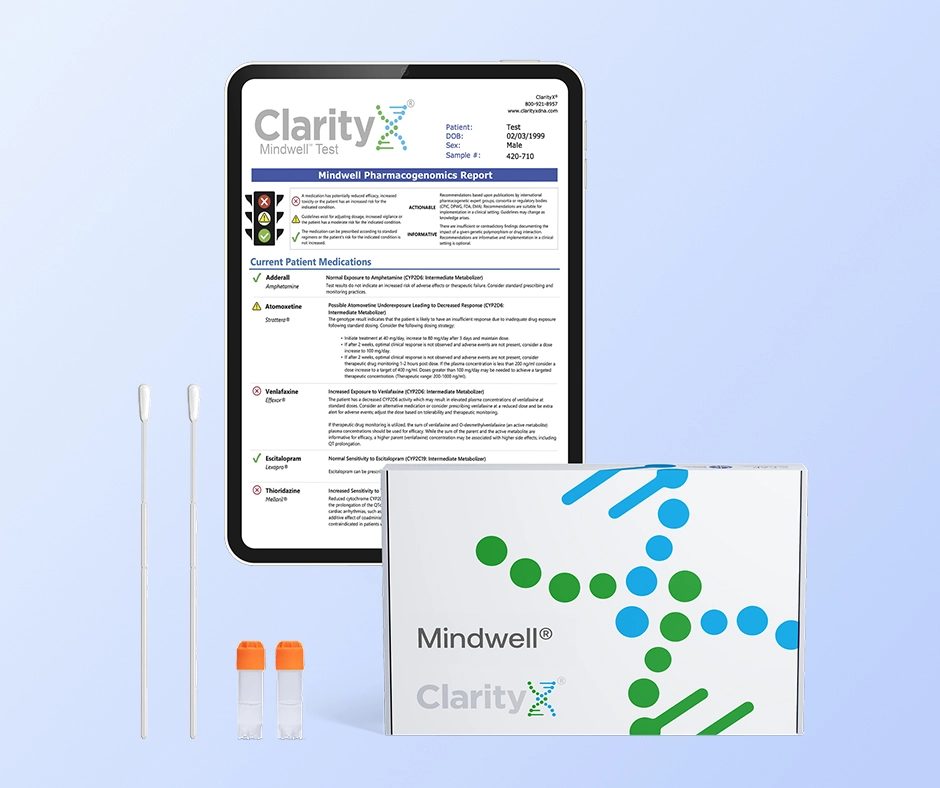Spring Sale! Save 25%️
Free Express Shipping
Sale Ends: 05/09
Uses
Side effects
Interactions
Precautions
- Navane is effective in the management of schizophrenia. Navane has not been evaluated in the management of behavioral complications in patients with mental retardation.
- Not all of the following adverse reactions have been reported with Navane.
- However, since Navane has certain chemical and pharmacologic similarities to the phenothiazines, all of the known side effects and toxicity associated with phenothiazine therapy should be borne in mind when Navane is used.
- Cardiovascular Effects: Tachycardia, hypotension, lightheadedness, and syncope. In the event hypotension occurs, epinephrine should not be used as a pressor agent since a paradoxical further lowering of blood pressure may result.
- Nonspecific EKG changes have been observed in some patients receiving Navane.
- These changes are usually reversible and frequently disappear on continued Navane therapy.
- The incidence of these changes is lower than that observed with some phenothiazines.
- The clinical significance of these changes is not known.
- Hepatic microsomal enzyme inducing agents, such as carbamazepine, were found to significantly increase the clearance of thiothixene.
- Patients receiving these drugs should be observed for signs of reduced thiothixene effectiveness.
- Due to a possible additive effect with hypotensive agents, patients receiving these drugs should be observed closely for signs of excessive hypotension when thiothixene is added to their drug regimen.
- Increased Mortality in Elderly Patients with Dementia-Related Psychosis
- Elderly patients with dementia-related psychosis treated with antipsychotic drugs are at an increased risk of death. Navane is not approved for the treatment of patients with dementia-related psychosis.
- Tardive Dyskinesia–Tardive dyskinesia, a syndrome consisting of potentially irreversible, involuntary, dyskinetic movements may develop in patients treated with antipsychotic drugs, including thiothixene. Although the prevalence of the syndrome appears to be highest among the elderly, especially elderly women, it is impossible to rely upon prevalence estimates to predict, at the inception of antipsychotic treatment, which patients are likely to develop the syndrome.
- Whether antipsychotic drug products differ in their potential to cause tardive dyskinesia is unknown.


